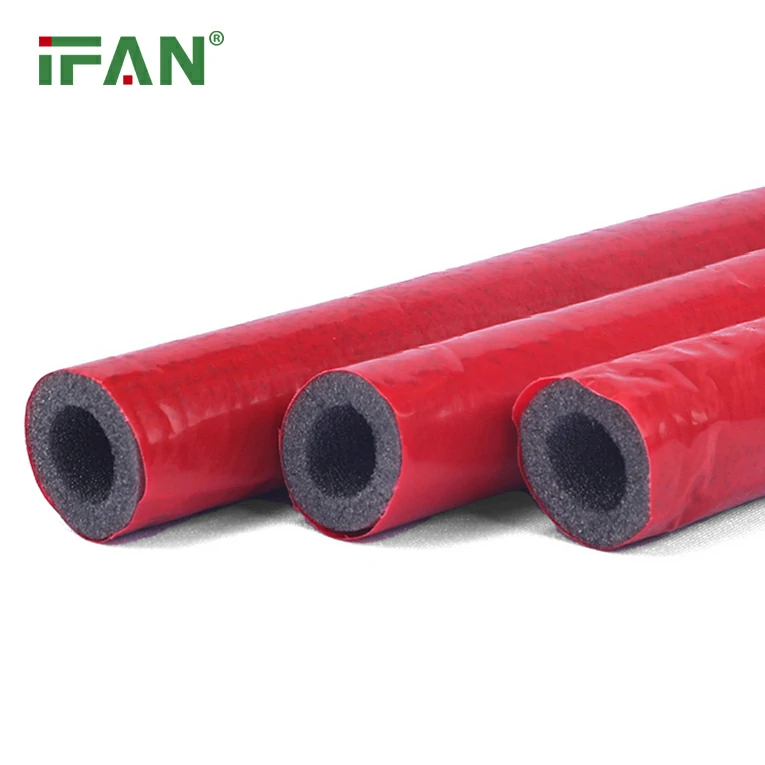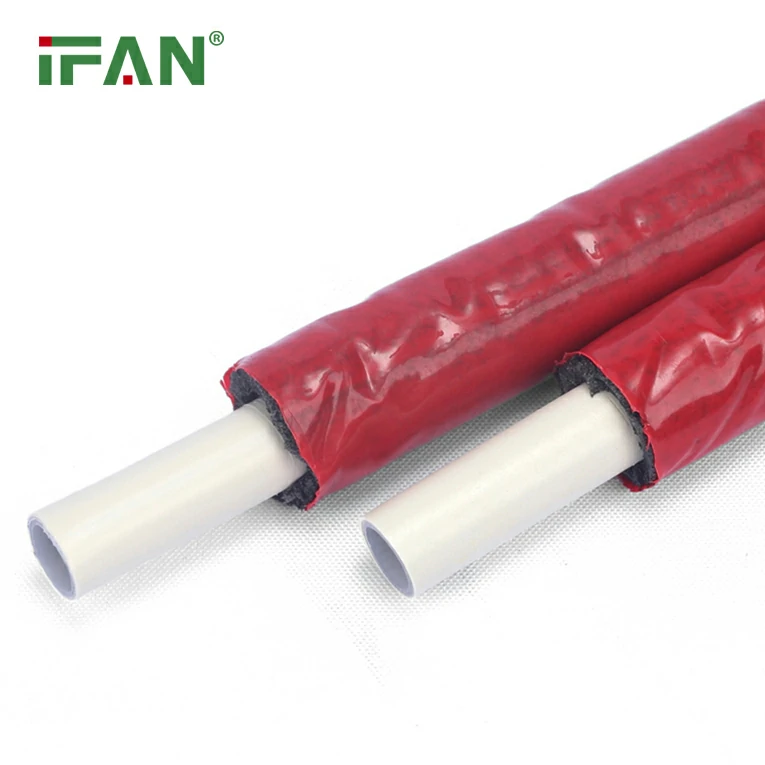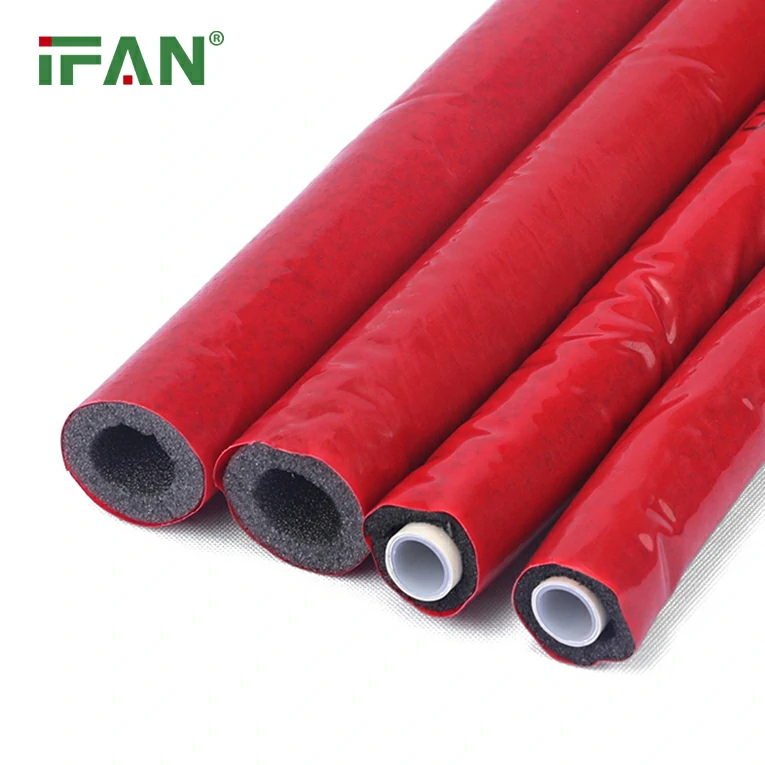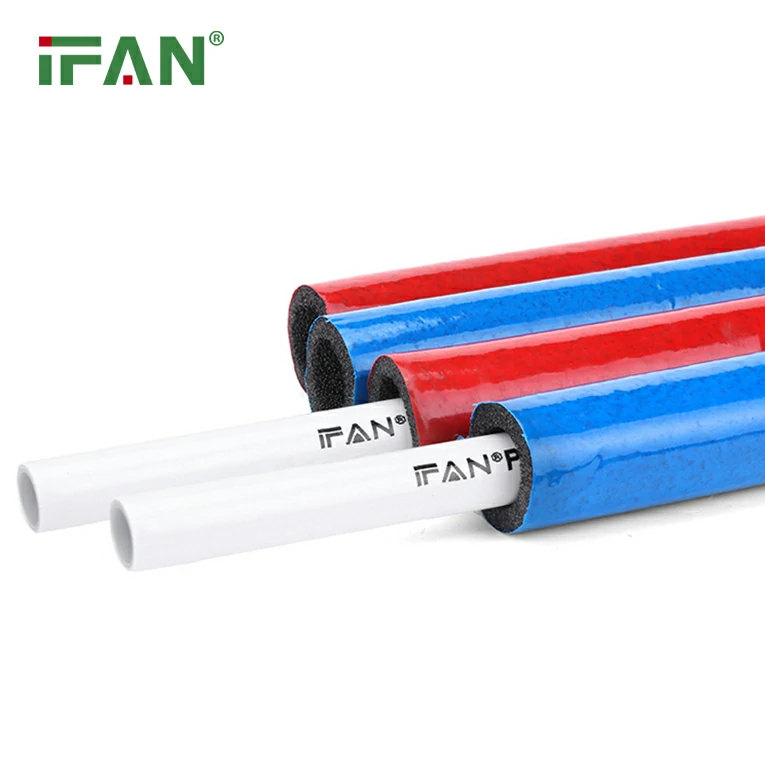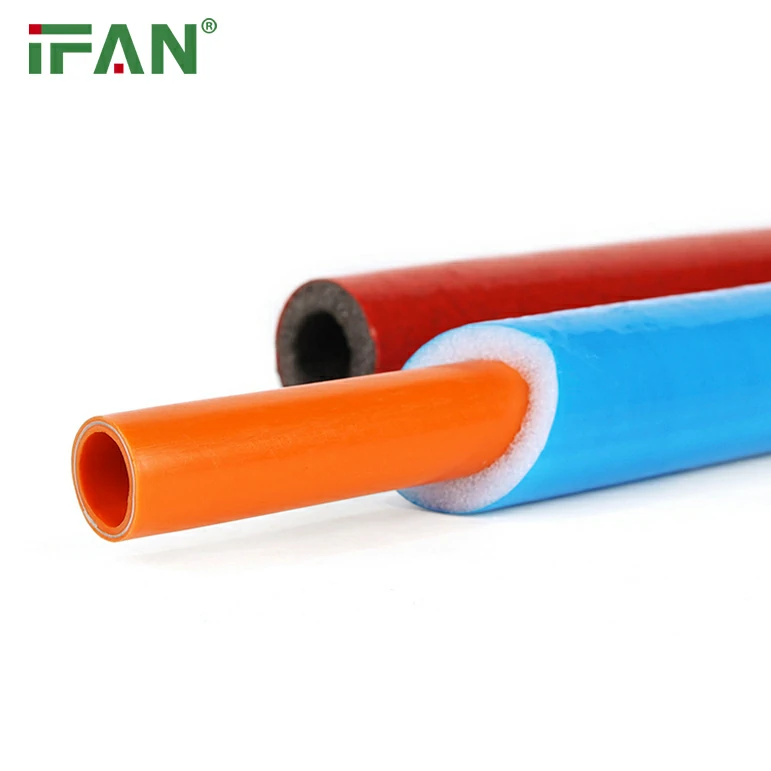Yes, PEX-B fittings can be used on PEX-A expansion pipe, but it is important to note that the expansion method used to install PEX-A pipe is different from the crimp method used to install PEX-B pipe. PEX-A pipe is installed using an expansion tool which expands the pipe and allows the PEX-A fitting to be inserted into the pipe. The pipe then contracts around the fitting, creating a secure and watertight connection.
It is important to use the correct type of fitting for the specific PEX pipe being used, and to follow the manufacturer’s instructions for installation. If you are not familiar with PEX installation, it is recommended to consult with a licensed plumber or a professional who has experience with PEX installation.
Using the correct type of fitting for the specific PEX pipe being used is important because different PEX pipe types have different properties, such as flexibility, strength, and expansion rate. For example, PEX-A pipe has a higher crosslinking degree than PEX-B pipe, which makes it more flexible and resistant to stress cracking. PEX-A fittings are designed to work with the expansion method used to install PEX-A pipe, which creates a strong and reliable connection.
Using the wrong type of fitting for the PEX pipe being used can result in leaks, failures, and other problems. It is important to follow the manufacturer’s instructions for installation and to use fittings that are specifically designed for the type of PEX pipe being used. If you are not familiar with PEX installation, it is recommended to consult with a licensed plumber or a professional who has experience with PEX installation.

